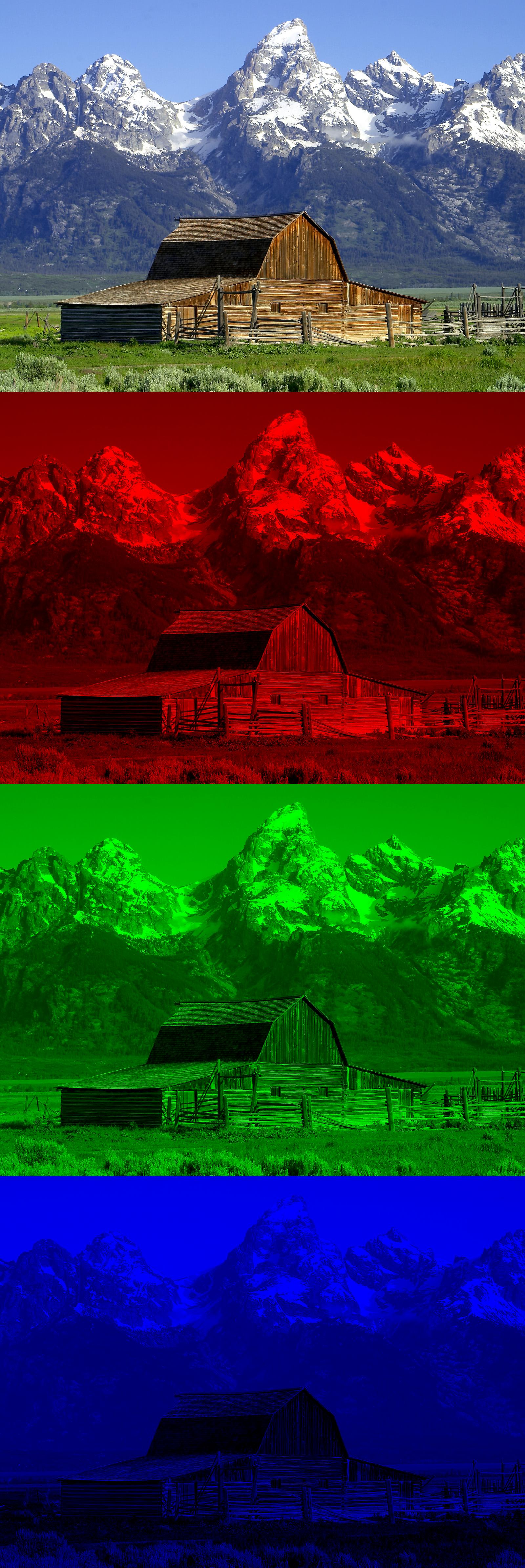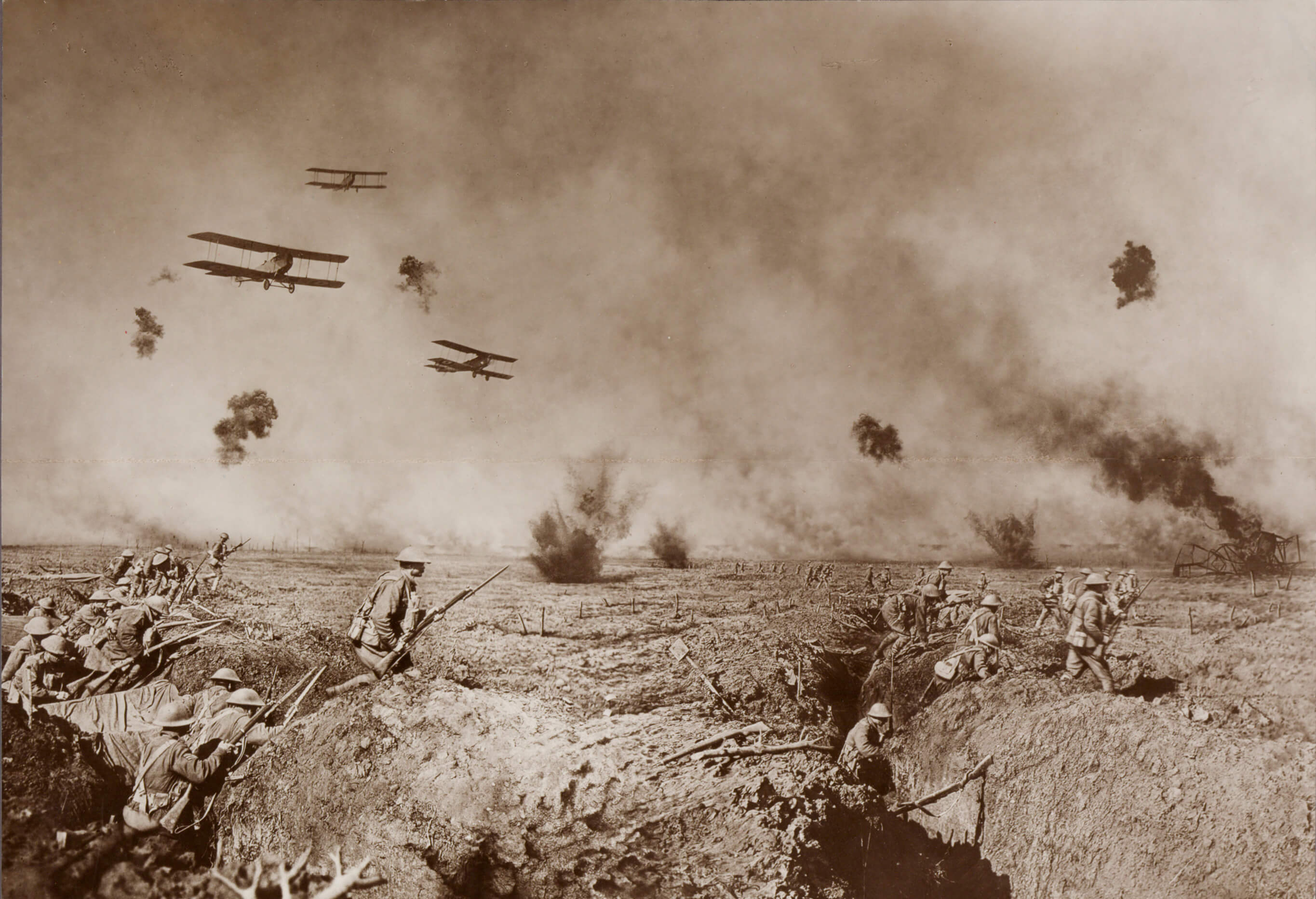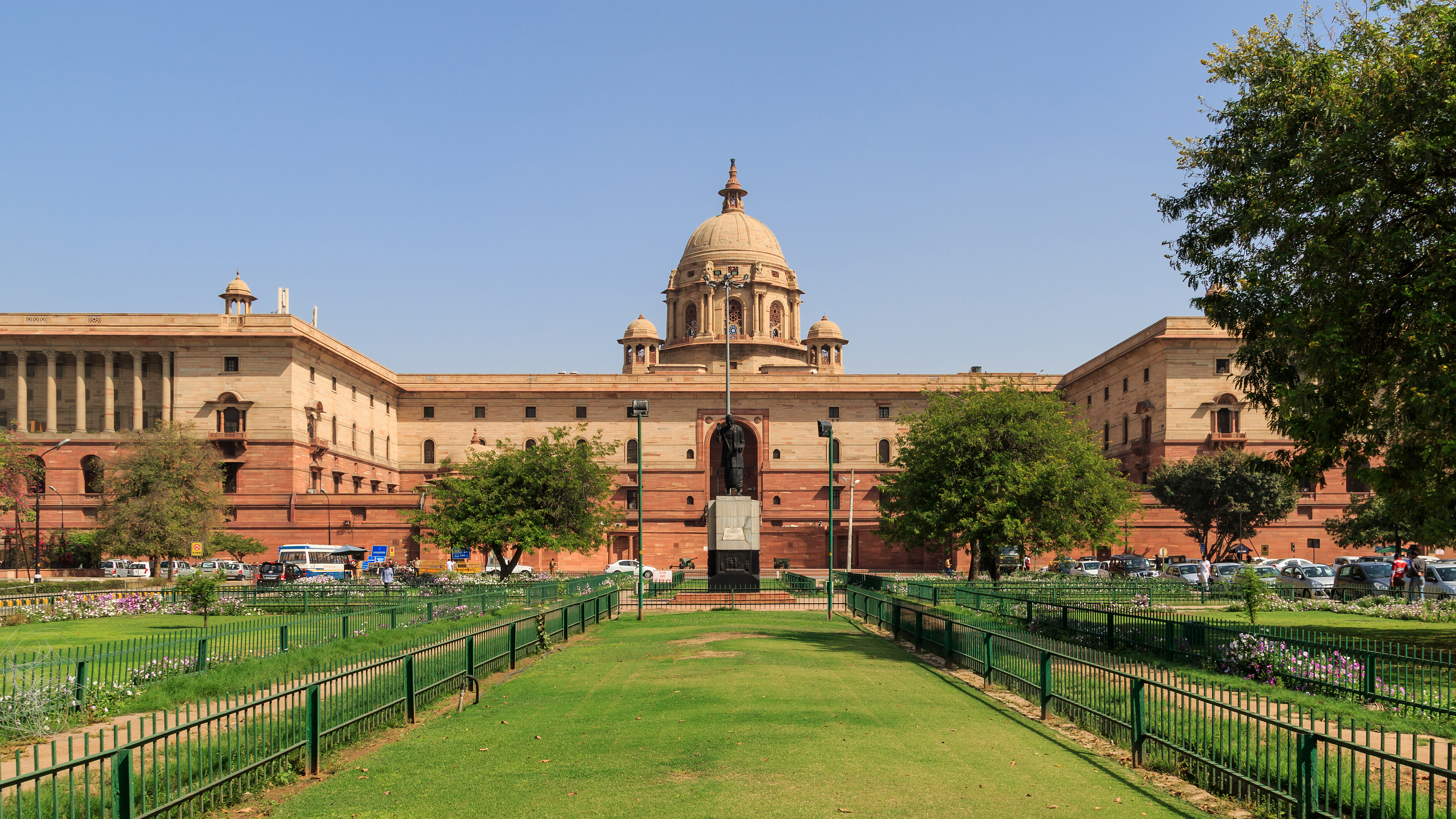|
Czenakowski Distance
The Czenakowski distance (sometimes shortened as CZD) is a per-pixel quality metric that estimates quality or similarity by measuring differences between pixels. Because it compares vectors with strictly non-negative elements, it is often used to compare colored images, as color values cannot be negative. This different approach has a better correlation with subjective quality assessment than PSNR. Definition Androutsos et al. give the Czenakowski coefficient as follows: d_z(i,j) = 1 - \frac Where a pixel x_i is being compared to a pixel x_j on the ''k''-th band of color – usually one for each of red, green and blue. For a pixel matrix of size M \times N, the Czenakowski coefficient can be used in an arithmetic mean spanning all pixels to calculate the Czenakowski distance as follows: \frac\sum^_\sum^_\begin1 - \frac\end Where A_k(i,j) is the ''(i, j)''-th pixel of the ''k''-th band of a color image and, similarly, B_k(i,j) is the pixel that it is being compared to. Use ... [...More Info...] [...Related Items...] OR: [Wikipedia] [Google] [Baidu] |
PSNR
Peak signal-to-noise ratio (PSNR) is an engineering term for the ratio between the maximum possible power of a signal and the power of corrupting noise that affects the fidelity of its representation. Because many signals have a very wide dynamic range, PSNR is usually expressed as a logarithmic quantity using the decibel scale. PSNR is commonly used to quantify reconstruction quality for images and video subject to lossy compression. Definition PSNR is most easily defined via the mean squared error (''MSE''). Given a noise-free ''m''×''n'' monochrome image ''I'' and its noisy approximation ''K'', ''MSE'' is defined as : \mathit = \frac\sum_^\sum_^ (i,j) - K(i,j)2. The PSNR (in dB) is defined as : \begin \mathit &= 10 \cdot \log_ \left( \frac \right) \\ &= 20 \cdot \log_ \left( \frac \right) \\ &= 20 \cdot \log_(\mathit_I) - 10 \cdot \log_ (\mathit). \end Here, ''MAXI'' is the maximum possible pixel value of the image. When the pixels are represented using 8 bits pe ... [...More Info...] [...Related Items...] OR: [Wikipedia] [Google] [Baidu] |
RGB Color Model
The RGB color model is an additive color, additive color model in which the red, green, and blue primary colors of light are added together in various ways to reproduce a broad array of colors. The name of the model comes from the initials of the three additive primary colors, red, green, and blue. The main purpose of the RGB color model is for the sensing, representation, and display of images in electronic systems, such as televisions and computers, though it has also been used in conventional photography and Light-emitting diode#RGB systems, colored lighting. Before the electronic age, the RGB color model already had a solid theory behind it, based in Trichromacy, human perception of colors. RGB is a ''device-dependent'' color model: different devices detect or reproduce a given RGB value differently, since the color elements (such as phosphors or dyes) and their response to the individual red, green, and blue levels vary from manufacturer to manufacturer, or even in the ... [...More Info...] [...Related Items...] OR: [Wikipedia] [Google] [Baidu] |
Arithmetic Mean
In mathematics and statistics, the arithmetic mean ( ), arithmetic average, or just the ''mean'' or ''average'' is the sum of a collection of numbers divided by the count of numbers in the collection. The collection is often a set of results from an experiment, an observational study, or a Survey (statistics), survey. The term "arithmetic mean" is preferred in some contexts in mathematics and statistics because it helps to distinguish it from other types of means, such as geometric mean, geometric and harmonic mean, harmonic. Arithmetic means are also frequently used in economics, anthropology, history, and almost every other academic field to some extent. For example, per capita income is the arithmetic average of the income of a nation's Human population, population. While the arithmetic mean is often used to report central tendency, central tendencies, it is not a robust statistic: it is greatly influenced by outliers (Value (mathematics), values much larger or smaller than ... [...More Info...] [...Related Items...] OR: [Wikipedia] [Google] [Baidu] |
Digital Forensics
Digital forensics (sometimes known as digital forensic science) is a branch of forensic science encompassing the recovery, investigation, examination, and analysis of material found in digital devices, often in relation to mobile devices and computer crime. The term "digital forensics" was originally used as a synonym for computer forensics but has been expanded to cover investigation of all devices capable of Computer data storage, storing digital data. With roots in the Home computer#The Home Computer .22Revolution.22, personal computing revolution of the late 1970s and early 1980s, the discipline evolved in a haphazard manner during the 1990s, and it was not until the early 21st century that national policies emerged. Digital forensics investigations have a variety of applications. The most common is to support or refute a hypothesis before Criminal law, criminal or civil litigation, civil courts. Criminal cases involve the alleged breaking of laws that are defined by legislat ... [...More Info...] [...Related Items...] OR: [Wikipedia] [Google] [Baidu] |
Photograph Manipulation
Photograph manipulation involves the transformation or alteration of a photograph. Some photograph manipulations are considered to be skillful artwork, while others are considered to be unethical practices, especially when used to deceive. Motives for manipulating photographs include political propaganda, altering the appearance of a subject (both for better and for worse), entertainment and humor. Depending on the application and intent, some photograph manipulations are considered an art form because they involve creation of unique images and in some instances, signature expressions of art by photographic artists. For example, Ansel Adams used darkroom exposure techniques to darken and lighten photographs. Other techniques include retouching using ink or paint, airbrushing, double exposure, piecing photos or negatives together in the darkroom, and scratching instant films. Software for digital image manipulation ranges from casual to professional skillsets. One of these, Ad ... [...More Info...] [...Related Items...] OR: [Wikipedia] [Google] [Baidu] |
Color Filter Array
In digital imaging, a color filter array (CFA), or color filter mosaic (CFM), is a mosaic of tiny color filters placed over the pixel sensors of an image sensor to capture color information. The term is also used in reference to Electronic paper, e paper devices where it means a mosaic of tiny color filters placed over the grey scale display panel to reproduce color images. Image sensor overview Color filters are needed because the typical photosensors detect light intensity with little or no wavelength specificity and therefore cannot separate color information. Since sensors are made of semiconductors, they obey solid-state physics. The color Filter (optics), filters filter the light by wavelength range, such that the separate filtered intensities include information about the color of light. For example, the Bayer filter (shown by the image) gives information about the intensity of light in red, green, and blue (RGB) wavelength regions. The raw image data captured by the ima ... [...More Info...] [...Related Items...] OR: [Wikipedia] [Google] [Baidu] |
New Delhi
New Delhi (; ) is the Capital city, capital of India and a part of the Delhi, National Capital Territory of Delhi (NCT). New Delhi is the seat of all three branches of the Government of India, hosting the Rashtrapati Bhavan, New Parliament House, New Delhi, Sansad Bhavan, and the Supreme Court of India, Supreme Court. New Delhi is a Municipal governance in India, municipality within the NCT, administered by the New Delhi Municipal Council (NDMC), which covers mostly Lutyens' Delhi and a few adjacent areas. The municipal area is part of a larger List of districts in India, administrative district, the New Delhi district. Although colloquially ''Delhi'' and ''New Delhi'' are used interchangeably to refer to the National Capital Territory of Delhi, both are distinct entities, with the municipality and the New Delhi district forming a relatively small part within the megacity of Delhi. The National Capital Region (India), National Capital Region is an even larger entity, compris ... [...More Info...] [...Related Items...] OR: [Wikipedia] [Google] [Baidu] |



